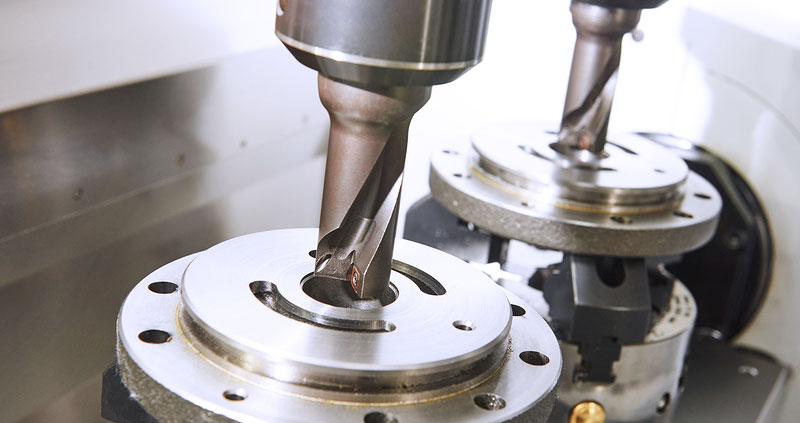Heat Sink Materials: Aluminum vs. Copper:
1. Aluminum Heat Sinks
Aluminum is the most common material for heat sinks. In particular, extruded aluminum heat sinks fit the needs of most projects. The metal is lightweight and has relatively good thermal conductivity.
2. Copper Heat Sinks
Copper has even better thermal conductivity than aluminum. It’s drawbacks, though, are weight and cost. The metal is sometimes used where the importance of thermal conductivity outweighs weight savings.
Heat Sink Types By Manufacturing Process:
· Extruded Heat Sinks
The majority of heat sinks are made from extruded aluminum. The process is useful for most applications. Extruded heat sinks come at a low cost and custom specifications can be easily manufactured. The performance of extruded heat sinks can range from low to high. Their main downside, though, is that dimensions are limited by the maximum width of extrusion. Learn more
· Bonded Heat Sinks
These are normally used for applications that require large-sized heat sinks. One benefit of these is that the base material and fin material can be different. Also, a combination of aluminum and copper fins can be used instead of just one fin material. This allows you to improve thermal performance while adding a minimal amount of weight. Bonded-fin heat sinks generally offer moderate performance and come at a high cost.
· Skived Heat Sinks
Heat sinks produced through this method are normally made from copper. They are produced from a solid block of metal. These heat sinks offer high design flexibility and you can achieve high fin-density. This creates more surface area and opportunity for heat dissipation. They offer medium to high performance, but their drawbacks are generally high weight and directional sensitivity.
· Stamped Heat Sinks
In this process, metal fins are stamped and then soldered onto the base. These are generally used for low-power applications. The advantage of stamped heat sinks is their very low cost due to ease of production automation. However, the biggest drawback is low performance.
· Forged Heat Sinks
Forged heat sinks are made by compressing aluminum or copper and have many applications. Heat sinks can be cold forged or hot forged. These offer medium performance and can be made at low cost for high volumes. However, they offer limited design capabilities.
· CNC Machined Heat Sinks
These offer high thermal conductivity, and you can achieve the most complex geometries with this process. This means you have plenty of flexibility in your design. But, they come at a high cost and the production time for each piece can make them less-than-ideal for high volumes.



